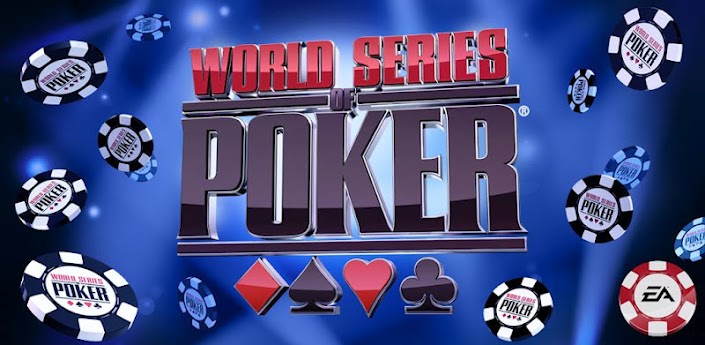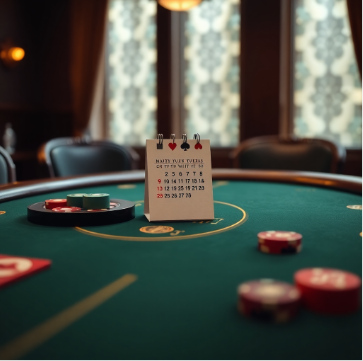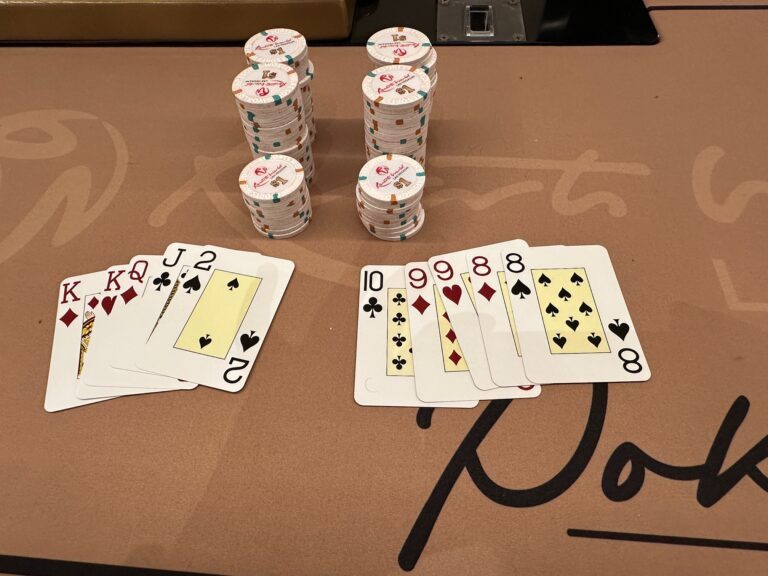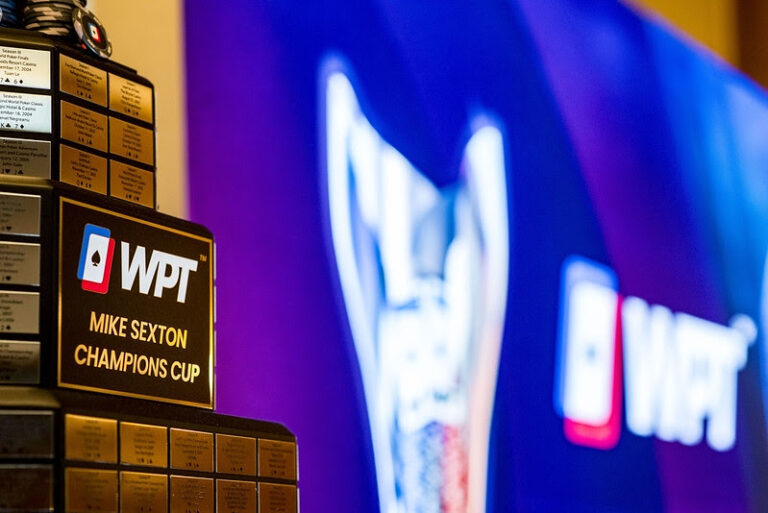The World Series of Poker is easily the most popular poker festival in the world and has enjoyed incredible growth since the start of the Poker Boom. Each year, we see new events added to the schedule, giving players more opportunities to win the most coveted prize in poker.

This year, the 50th Annual World Series of Poker will award more bracelets than ever, and globally the number of bracelets awarded will reach triple digits. With so many bracelets up for grabs, it may be time to revisit some arguments regarding bracelet saturation and overall value of a bracelet win. With 100 bracelets to be won, is it now easier than ever to capture a bracelet? Does winning a bracelet in 2019 mean the same thing it did in 2003? What is the cutoff point?
No, Oprah is Not Handing Out Bracelets
Since 2003, the number of WSOP bracelets awarded annually has nearly tripled, as just 36 bracelets were awarded the year Moneymaker won it all. With so many bracelets floating around, it would seem easier than ever to win a bracelet, right?
Let’s dive a little deeper into that number. This summer, there will be 89 events held in Las Vegas. Eighty of those events will be staged live and with the other nine run online. After the Las Vegas series, the 90th bracelet of the year will be awarded at the WSOP Global Casino Championship Then we’ll have the 2019 World Series of Poker Europe taking place at King’s Resort Rozvadov, expected to award 10 bracelets, bringing the total number of bracelets to 100.
In theory, then, it should be easier to win a bracelet. If this were 2004, or even 2009, you’d have an argument. But this isn’t your daddy’s WSOP. Just look at the changes that have occurred since 2003, ranging from starting stack sizes to re-entry events to blind structures and even the introduction of the Big Blind Ante.
Ultimately, you also have to consider field sizes. They are absolutely insane compared to 2003, or even during the heart of the Poker Boom. You simply can’t compare the events of yesteryear to today’s events. Poker is ever-evolving, and the World Series of Poker had been ahead of the curve in the evolution of the game.
The printable/downloadable 2019 WSOP schedule is now available:https://t.co/ra4TSdU9QW
Hope you are making plans to join us. pic.twitter.com/HUR2TJzyq1— WSOP (@WSOP) March 4, 2019
Also, the average amateur is still only going to play a handful of events. Sure, they may get in an extra event or two because of the lower pricing points of some events, but many players just show up for anywhere from one to a handful of events. They simply don’t have the bankrolls to play a full schedule.
Then you have to factor in the WSOP Europe and the online bracelets events. By and large, those events are much more niche and have much smaller fields compared to the average event in Las Vegas. Last year, we saw some top pros skip WSOP Europe. If the bracelets were so easier to win, you’d think they’d show up right?
So for those worried that the growing number of events will be akin to Oprah giving away bracelets, relax.
Are Bracelets Getting Watered Down?
What happens when we start hitting the triple-digit mark for WSOP bracelets? We get a number of “do you know who I am” champions. For instance, look at the following list of players. How many do you recognize?
- William Kakon
- Corrie Wunstel
- Alex Lindop
- Mitchell Towner
- Clayton Maguire
- Thomas Reynolds
- Luis Calvo
- Rulah Divine
- Tim Andrew
- Matthew Mendez
Every player on the above list has won a WSOP bracelet since 2015. While it is good to see that we have champions outside of the “established” poker pros you expect to see in the winner’s circle, part of the reason for this is because there are just so many more bracelets to win. We already have plenty of bracelet winners that you’d never know about unless you looked them up on Hendon Mob.
With so many winners, we also have to consider whether WSOP bracelets still have the same value as in the past. In the past, the poker media has often brought up the “best player to have never won a bracelet” list when talking about successful players. With the number of WSOP bracelets steadily rising each year, one has to wonder whether the benchmark of winning a single WSOP bracelet has the same weight as it has in years prior.
When you start awarding 100 bracelets (or more) each year, winning a bracelet isn’t the “career-defining” moment it used to be. Back around the time of the Poker Boom, winning a bracelet carried a lot more weight, often being a crowning achievement on one’s poker career. Now, winning a random $1,000 or $1,500 bracelet is still a great accomplishment, but after no too long, the narrative becomes “OK, what are you going to do to follow that up?”
So what’s the new benchmark for a poker player? Two, three, or even four bracelets? Also, do you have to win one of the “Championships” to be considered one of the top players in the world? Honestly, do we pay that much attention to the random low buy-in bracelet event unless there’s a big name involved?
Of course, the WSOP Main Event is on another level and winning that is always going to be THE career moment for the majority of poker players. This op-ed is referencing everyone else in the world who will never sniff a WSOP final table, much less win the big one.
After over ten hours of heads-up play, John Cynn is the 2018 WSOP Main Event Champion!
Cynn earns $8,800,000 and the coveted Main Event bracelet, Tony Miles pockets $5,000,000.
The full recap posted shortly.
(photo credit @jtPHOTOjunkie) pic.twitter.com/UT0gVkPzj7
— WSOP (@WSOP) July 15, 2018
What’s the Cutoff Point?
Someone recently suggested to me that talking about this topic is pointless because “Caesars Entertainment will do whatever they want.” While I understand the person’s point, that’s not entirely true. It’s true that they will make policy and put out the WSOP schedule and events as they see fit, but they can only do so as long as they prove to be viable with the poker community.
It’s like any other form of gambling or casinos. A perfect example is the insane number of online casinos out there. As long as the players come out to play, operators will continue to push the envelope.
The World Series of Poker continues to grow every year in terms of participation. You don’t go from 36 events to 100 events a year if players aren’t coming out to support the product. The World Series of Poker bracelet still has value to poker players around the world, and as long as it retains that perceived value, players will still flock out to the events to play them.

Throngs in the Rio hallways during the WSOP
What’s the cutoff point? Where the players decide. If WSOP officials start cranking out 125 events a year and overall numbers start dropping drastically, then we will start seeing some contraction as far as number of events spread. Personally, I see the Las Vegas leg of the WSOP getting up to at least 100 bracelet events a year, and at the rate they are growing, that could be as soon as next year. Ultimately, the market will determine how bracelets will be available in the future. Either that, or Allen Kessler will win a bracelet and trigger the apocalypse, whichever comes first.







